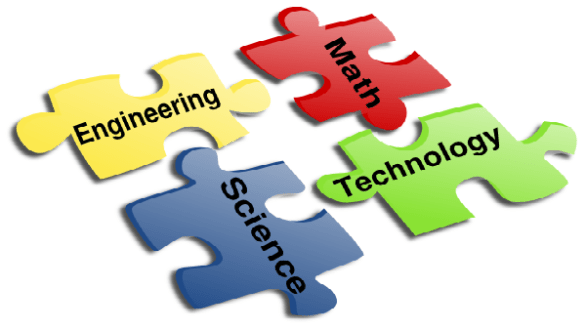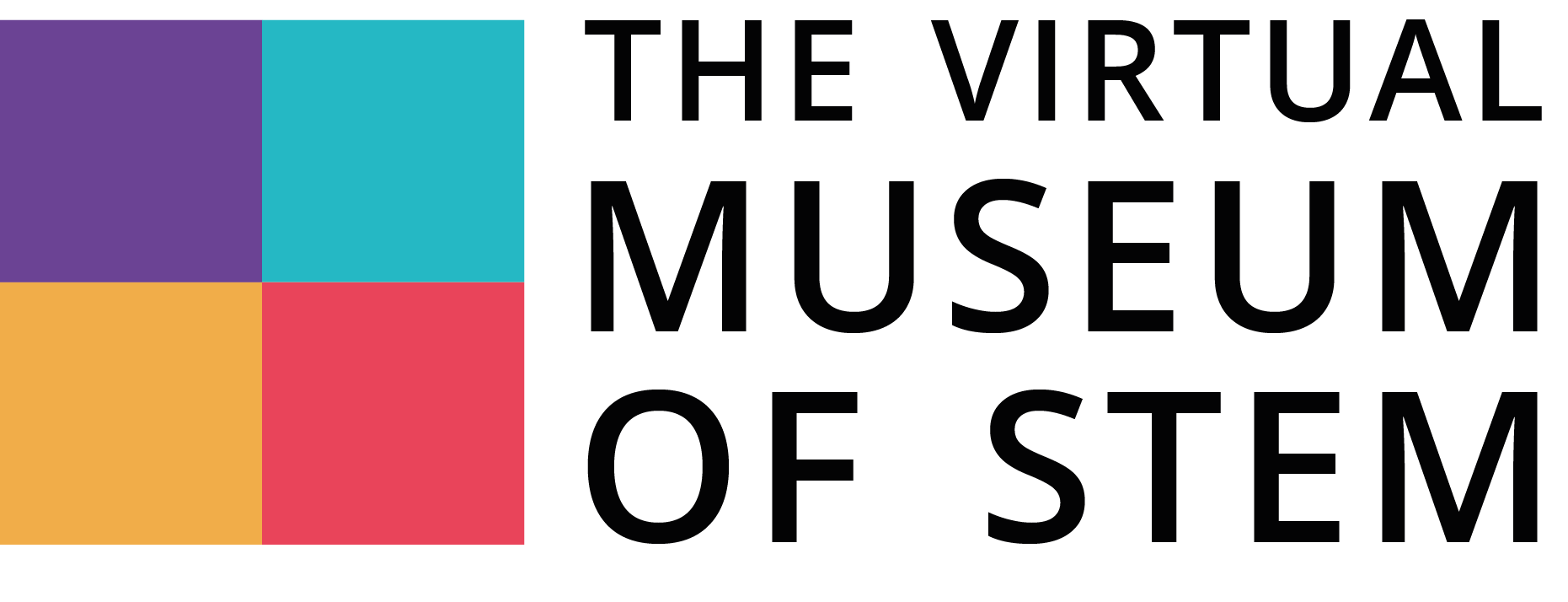A REVOLUTION IN VALUE OF INFORMATION THROUGH VIRTUAL STEM MUSEUMS
Since the start of this digital era, the world of education has changed significantly. The Internet, that was used as an alternative to books, classical research and lectures, has taken a front seat in terms of learning. It seems that people have a hard time accepting another person as an authority of knowledge anymore, and rather refer to Internet videos, and blogs as the authority while they as well are written and made…by people.
Unfortunately, that is the negative trend we are in for the moment, but the virtual STEM museum project somehow finds a niche that could help regulate that and preserve informational value.
Reviewed information
Certainly, one of the biggest advantages of using virtual STEM museums for schools is that the specialists in the field review all the information. A 2016 study that analyzed 376 million Facebook users’ interactions with over 900 news outlets found that people tend to seek information that aligns with their views. This makes many vulnerable to accepting and acting on misinformation (Pew 2017). Filtering all this information becomes the teacher’s role to find the right material with accurate studies. Often all this work is carried out just to hold one lecture in order for the students to receive best quality information. Using virtual STEM museums as a teacher and student you can be confident that the information has been checked and reviewed by teachers and field-specialists. As they say the Internet can be the information highway as well as the misinformation highway. Here we have done all the digging for you so you can emerge in your studying process way easier and feel secure in the knowledge you acquire.
Direct seeing of processes
One of the beauties of modern technology is the possibility of making a very clear visual model regarding pictures, slideshows, videos and animations. Teams work together on creating a visual giving you better insights on how certain processes work, be it laser beams, water-jet cutting or aerodynamic processes.

A good one for the teachers
For the teachers working on STEM projects together means an easier accessibility to meet and network so they can exchange knowledge, see each-others methods and update their own teaching skills and knowledge. Since it’s mostly foreign countries you’re working with, it helps strengthen an international bond and open doors for other opportunities.
And since teachers have a platform, project and opportunity to communicate and exchange information correcting each other becomes easier which ties in giving you objective and accurate information as mentioned above.
It’s a great concern, that in many EU countries teaching isn’t usually the go-to job for many people. Actually a post from TIC recruitment ( a site for teachers working internationally) states that 42% of teachers choose to teach abroad because they’re unsatisfied with the home education system (TIC 2020). A platform like STEM can help them communicate better with teachers abroad how certain things work better in diferrent educational systems so they can apply it in their own country.
- Pew Research Center (2017): “The Future and Truth of Misinformation Online”, conducted 14.08.2022., Available at: https://www.pewresearch.org/internet/2017/10/19/the-future-of-truth-and-misinformation-online/
- TIC Recruitment (2020): “Teaching Overseas. Why? What are the benefits? And are international teachers happy”, conducted 26.07.2022., Available at: https://www.ticrecruitment.com/blog/teaching-overseas-why-what-are-the-benefits-and-are-international-teachers
- Homeschooling teen: Photo, Conducted 18.08.2022., Available at: http://homeschoolingteen.com/article/10-virtual-stem-field-trips-museum-tours/
